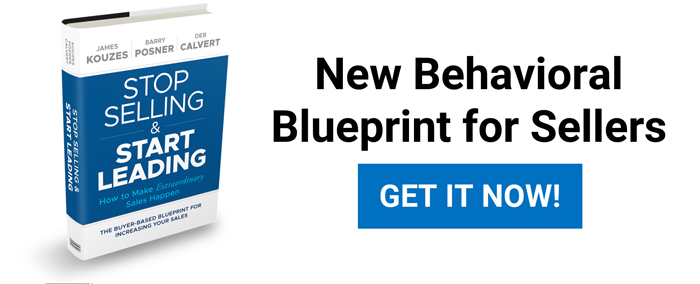17 Habits of Active Listeners You Can Adopt Today
Active listeners have an advantage. How did the rest of us miss out?
In school and in most sales training courses, we are not taught how to ask questions or how to listen. These are critical skills distinguishing a top seller from an average one. Empowered buyers are demanding to be heard and to be challenged with new ideas and to have unique value created for them by sellers. None of this is possible without solid questioning skills and sharp listening skills.
Few would disagree there certainly is a loss when we don’t fully listen to others. You notice it in your own day-to-day conversations. No matter how commonplace it may be, it doesn’t feel good when we know we’ve only been partially heard because others were distracted. For a buyer, being asked to trust a seller who doesn’t listen well is particularly distasteful. Sellers who actively listen have yet another opportunity to differentiate themselves since so few do this.
This term, active listening, refers to a higher standard of listening. First, there’s hearing. That’s a passive function, one that requires no effort at all for most. Listening is hearing plus paying attention to take in what’s being said. Active listening goes beyond listening to include paying close attention, focusing to eliminate distractions and devoting mental effort to process what’s being said. Active listening isn’t easy and doesn’t come naturally.
When people are actively listening, they respond differently than those who are only partly engaged.
Active listeners:
- Don’t interrupt.
- Don’t respond hastily, as soon as an opening becomes available.
- Don’t play a “one up” game to try and match each point made.
- Don’t jump to conclusions.
- Don’t judge what is being said too quickly.
- Don’t interject with an unsolicited or premature solution.
Instead, active listeners:
- Probe for clarification, back story, details and feelings.
- Listen for both content and feeling.
- Empathize by putting themselves in the speaker’s shoes.
- Listen for what’s different, not just for what’s familiar.
- Take what’s being said seriously.
- Spot their own assumptions or biases about what’s being said.
- Eliminate distractions while listening so they can focus fully.
- Hear the whole story before judging or responding.
- Encourage the speaker with attention and body language.
- Look at the speaker or, perhaps, take notes on what’s being said.
- Never seem rushed, bored or impatient.


